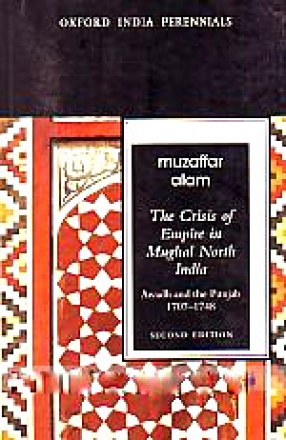
Muzaffar Alam

Showing all 6 books
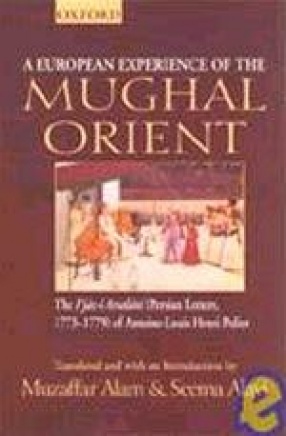
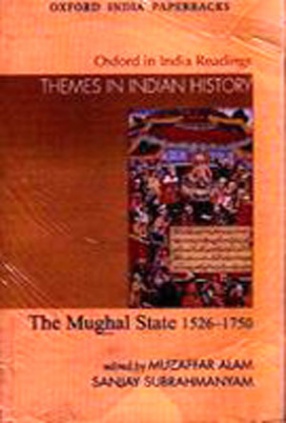

Oxford University Press, Noida, India, 2013. Soft cover. Book Condition: New. The period following the death of Aurangzeb has been viewed as the beginning of the decline and decay of the Mughal empire. Examining two contrasting regions of north India-Awadh and Punjab-this pioneering work shows how the period 1707-48 saw the emergence of a new order with local and regional idioms. Muzaffar Alam focuses on the interplay of imperial collapse with regional ...
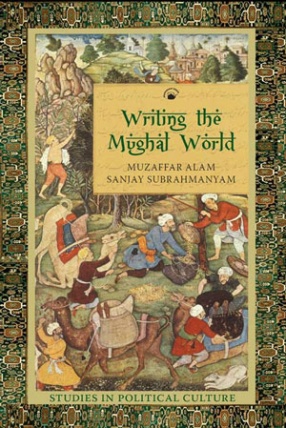
In this book, two leading historians of early modern South Asia present nine jointly authored essays on the Mughal empire, framed by a long Introduction which reflects on the imperial, nationalist, and other conflicted trajectories of history-writing on the Mughals. Using materials from a large variety of languages including Dutch, Portuguese, English, Persian, Urdu, and Tamil they show how this Indo-Islamic dynasty developed a sophisticated system of government ...

The complex network of cultural interaction between Europeans and Indians in the eighteenth century generated a range of literature in both European as well as Indian languages, including Persian, which had long been the language of the political and cultural elite in India. While some of the European texts have been linked to larger issues of knowledge generation and the establishment of European rule, the Persian literature has remained relatively unintegrated. ...

The Mughal state has, ever since its existence, exercised a compelling effect on observers. A rich historiography on it has long existed, in Indian as well as European languages. In the present century debates have raged concerning its character, and on the nature of the Mughal state's implications for the longer-term trajectory of the subcontinent. This book brings together some of the key interventions in these debates. A detailed new introdution by the volume ...

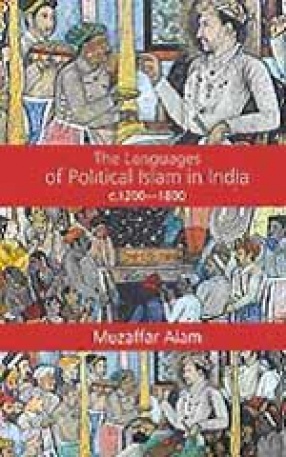
This book shows the ways in which political Islam, from its establishment in medieval north India, adapted itself to a variety of indigenous contexts and became deeply Indianized. This process, by which preexistent Arabo-Persian traditions were molded to new Indian contexts, involved changes in the manner in which Islamic rule was conceived and conducted in the subcontinent. It became gradually apparent to the conquering Muslim sultans (and Later to their ...
